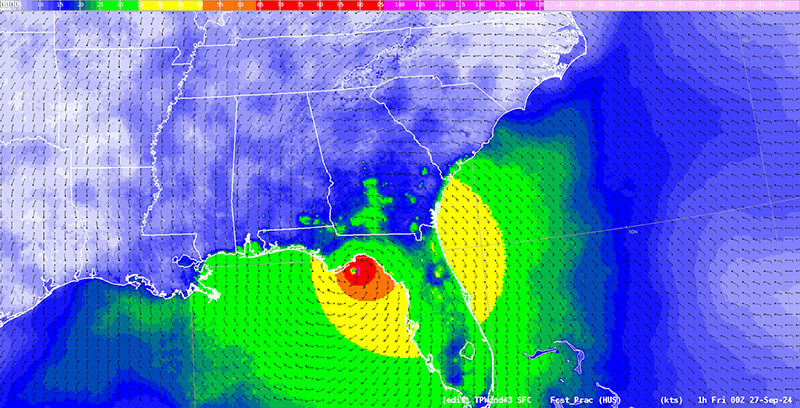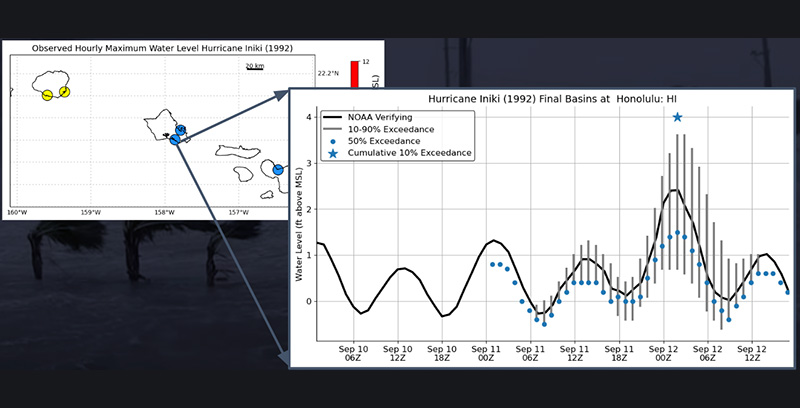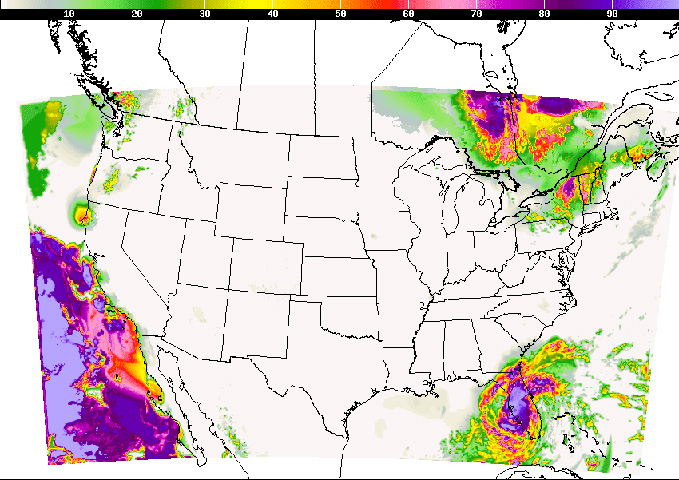Home - MDL

Meteorological Development Laboratory’s Localized Aviation MOS Program and Gridded LAMP upgraded to Version 2.7
Oct 09, 2025An important upgrade to the Localized Aviation Model Output Statistics (MOS) Program (LAMP) and Gridded LAMP (GLMP) systems was implemented into NWS operations on Tuesday, September 16, 2025.

National Blend of Models (NBM) Upgraded to Version 4.3
May 27, 2025On May 27, 2025, NOAA’s National Weather Service (NWS) upgraded its operational product, the National Blend of Models (NBM) — a nationally-consistent and calibrated suite of forecast products generated by combining numerical weather prediction and post-processed data. This upgrade (version 4.3) primarily focused on improvements to the NBM Tropical Cyclone Feature-Matched wind speed product and incorporated updates provided by the Storm Prediction Center (SPC) to the probabilistic severe weather products.

Probabilistic Storm Surge (P-Surge) Upgraded to Version 3.1
May 20, 2025On May 20, 2025, NOAA NWS upgraded its operational Probabilistic storm Surge (P-Surge) model to version 3.1. P-Surge brings a probabilistic approach to the modeling of storm surge, and is run on a case-by-case basis in advance of hurricanes and tropical storms that may impact the Atlantic and Gulf coastlines of the contiguous U.S., Puerto Rico, the U.S. Virgin Islands, and now, with the most recent upgrade, the coastlines of Hawaii.

MDL's Localized Aviation MOS Program (LAMP) and Gridded LAMP (GLMP) Upgraded at NWS
Dec 16, 2024An upgrade to the Localized Aviation Model Output Statistics (MOS) Program (LAMP) and Gridded LAMP (GLMP) systems was implemented into NWS operations on Monday, September 30, 2024. LAMP is a statistical system which provides forecast guidance for sensible weather elements and updates the Global Forecast System (GFS)-based MOS on an hourly basis (every 15 minutes for C&V elements). The guidance is produced on the NOAA/NWS/NCEP Weather and Climate Operational Supercomputer System (WCOSS) and is disseminated centrally from NCEP.










